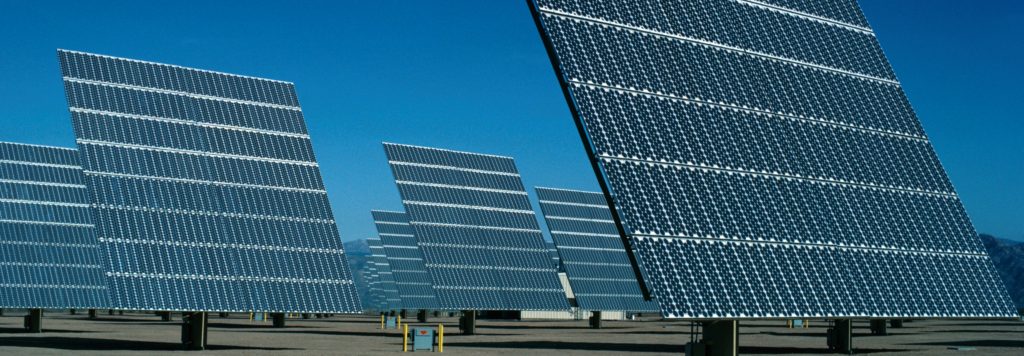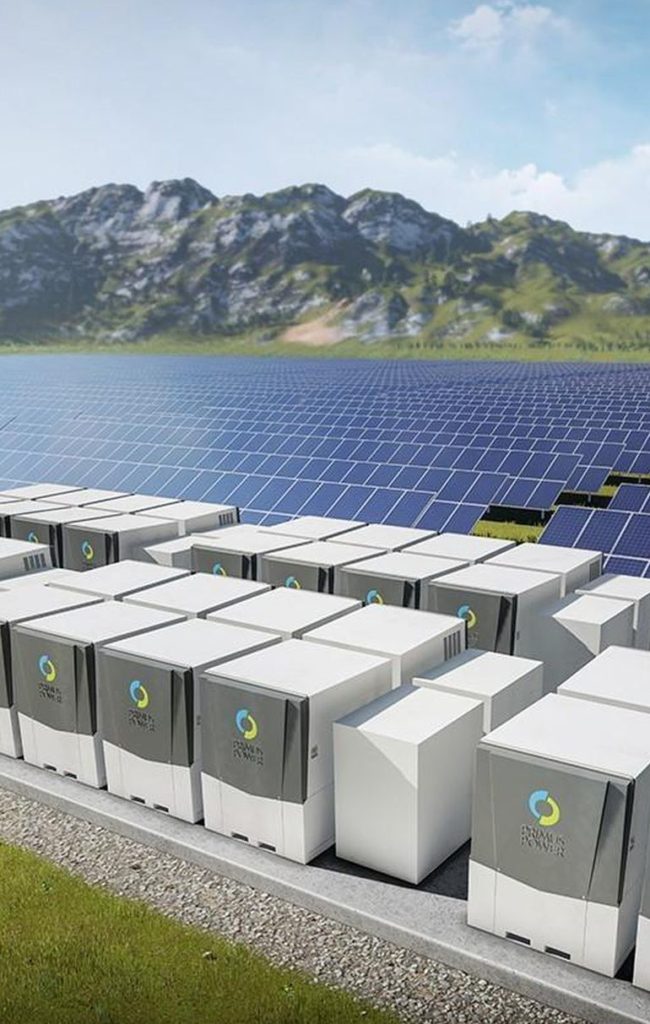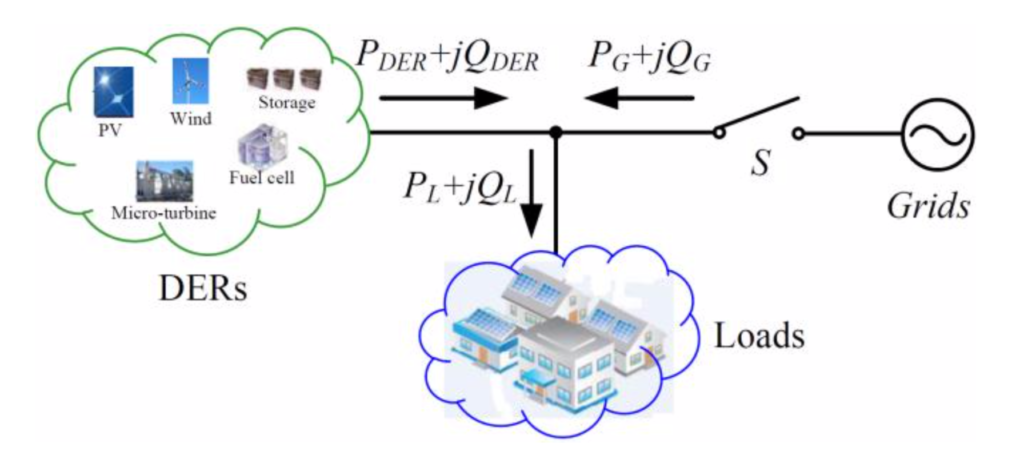A Partnership of UConn and Eversource
Eversource Energy Center
Renewable Energy and Grid Integration

Highlights
- Continue modeling of transmission-distribution grid on the Eversource Energy Testbed.
- Assess impact of deep integration of distributed energy resources (DERs, e.g. PVs, wind, fuel cells, hydro, storages) on grid stability, resilience and security.
- Integrate EPVA and D2NDZ software tools for accurate hosting capacity mapping and unintentional islanding evaluation.
- Create high-resolution mapping of renewable energy sources
- Develop plans for optimal integration of renewable DERs and storage options for current and future load scenarios.
Background

The penetration level of renewable DERs in the New England States, e.g. in CT and MA, is expected to reach 40% and 50% by 2030, respectively. Deep integration of renewable DERs will lead to several planning and operation problems, including stability issue, resilience concern, data security, coordination problem, optimal design, etc. This project will contribute a set of model, evaluation methods, and software tools to enable high penetration of renewable DERs in New England States while maintaining grid security and reliability.
Needs
- Co-model transmission-distribution grid on the Eversource Testbed.
- Build model libraries for DERs, utility scale storages and controls, and new loads (e.g. heat pumps, programmable loads).
- Integrate EPVA and D2NDZ software tools for accurate hosting capacity mapping (based on power flow, transients, stability, and security analysis).
- Study impact of deep integration (40%, 50%,…,100%) of renewable DERs (including aggregated DERs, virtual power plants, microgrids) on grid stability, resilience and safety.
- Assess renewable energy sources (PV, hydro, wind) potential based on high-resolution reanalysis data and hydrologic model simulations.
- Evaluate the potential of different storage options (battery, heat-pumps, hydro-pump storage, fuel-cells) and their economic benefits.
- Develop a model to predict current load patterns and that will be able to simulate future load patterns.
- Develop a framework that will provide the optimal integration of renewable DERs and storage options under current and future load/climate scenarios.
- Establish a real-time analysis and nowcasting system of solar energy generation potential in the distribution network.
Expected Deliverables

Deliverables from the new integrated project will include:
- A tool for mapping host capacity in distribution feeders considering renewable DER inputs, network constraints and robustness/attack-resilience requirements.
- A report to evaluate the influence of system’s stability and resilience due to the high penetration of renewables; identify special phenomena such as over voltages, small-signal and large disturbances.
- A software to integrate tools developed in previous projects, e.g. EPVA, D2NDZ, in Eversource’s planning tools.
- High-resolution maps of capacity factors for different renewables at monthly, seasonal and annual scale.
- A tool for time-series analysis (e.g. trend analysis) of capacity factors for selected locations/areas.
- A robust predictive model for load patterns at different scales (county, state).
- A report on the potential of existing water infrastructure to be used as pumped hydro storage and comparison (cost-benefit) with other storage options (e.g. batteries).
- A report for grid side enhancement for reliable and secure integration of different renewable DERs and energy storages for improved renewable DER penetration.
- A software to display solar energy generation potential over the next 6 hours that refreshes every 30 minutes.
Points of Contact
- Eversource: David Ferrante and Steven Casey
- UConn: Malaquias Pena Mendez and Junbo Zhao